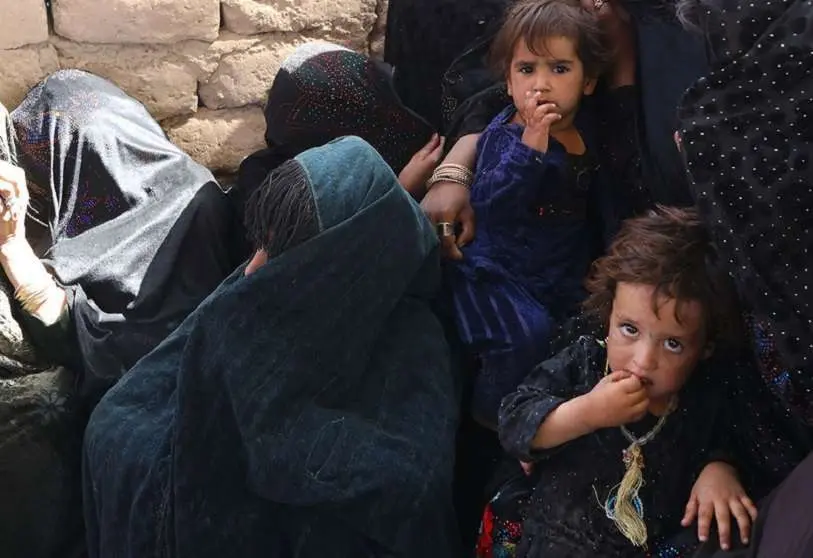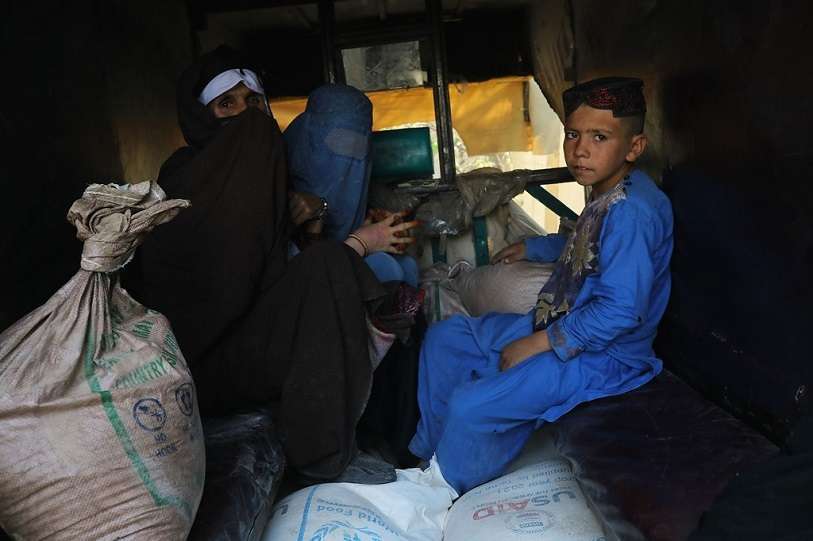Afghanistan is on a "countdown to catastrophe" without urgent humanitarian assistance

The latest Integrated Food Security Phase Classification (IPC) report, jointly conducted by the UN Food and Agriculture Organisation (FAO) and the World Food Programme (WFP), reveals that the lives, livelihoods and access to food of 22.8 million people in Afghanistan will be severely affected.
"It is urgent that we act efficiently and effectively to accelerate and scale up our delivery in Afghanistan before winter leaves much of the country without supplies, with millions of people - including farmers, women, young children and the elderly - going hungry in the freezing winter," said FAO Director-General QU Dongyu. "It is a matter of life and death".
The report says that more than one in two Afghans will face Phase 3 (crisis) or Phase 4 (emergency) levels of food insecurity from November through the lean season in March, requiring an urgent international response to avert a humanitarian catastrophe.
"We cannot wait and watch humanitarian catastrophes pass before our eyes, it is unacceptable," he added.

This is the highest number of acutely food insecure people ever recorded by the United Nations since such reporting began in Afghanistan 10 years ago.
Compared to the rest of the world, the country is home to one of the highest numbers of acutely hungry people.
"Hunger is increasing and children are dying," said the Food Programme's executive director, David Beasley. "We cannot feed people with promises: funding commitments must be converted into cash, and the international community must come together to address this crisis, which is rapidly spiralling out of control."
The report reveals a 37 per cent increase in the number of Afghans suffering from acute hunger since its last assessment in April.
Among those at risk are 3.2 million children under the age of five, who are feared to be acutely malnourished by the end of the year.
Last month, the food programme and UNICEF warned that, without immediate life-saving treatment, one million children will be at risk of dying from severe acute malnutrition.
In addition, the report reveals that, for the first time, urban dwellers are food insecure in similar proportions to those in rural communities.
At the same time, rising unemployment and liquidity crises put all major urban centres at risk of falling into Phase 4, emergency levels of food insecurity, even formerly middle-class populations.
In rural areas, the severe effects of a second drought in four years continue to affect the livelihoods of 7.3 million people who depend on agriculture and livestock for survival.
"Afghanistan is now among the worst humanitarian crises in the world - if not the worst - and food security has all but disappeared," the WFP official said. "This winter, millions of Afghans will be forced to choose between emigration and starvation unless we can step up our life-saving assistance, and unless the economy can be resuscitated.

With another La Niña on the horizon, threatening to extend this year's drought into 2022, immediate financial assistance has become crucial to meet the most basic humanitarian needs as Afghans face a winter with no jobs, no money, and no prospects.
To meet the growing needs, the UN will need to mobilise resources at unprecedented levels, yet the UN Humanitarian Response Plan has only a third of the funds needed.
"We are on a countdown to catastrophe and if we don't act now, we will find a total disaster on our hands," the WFP senior official stressed.








